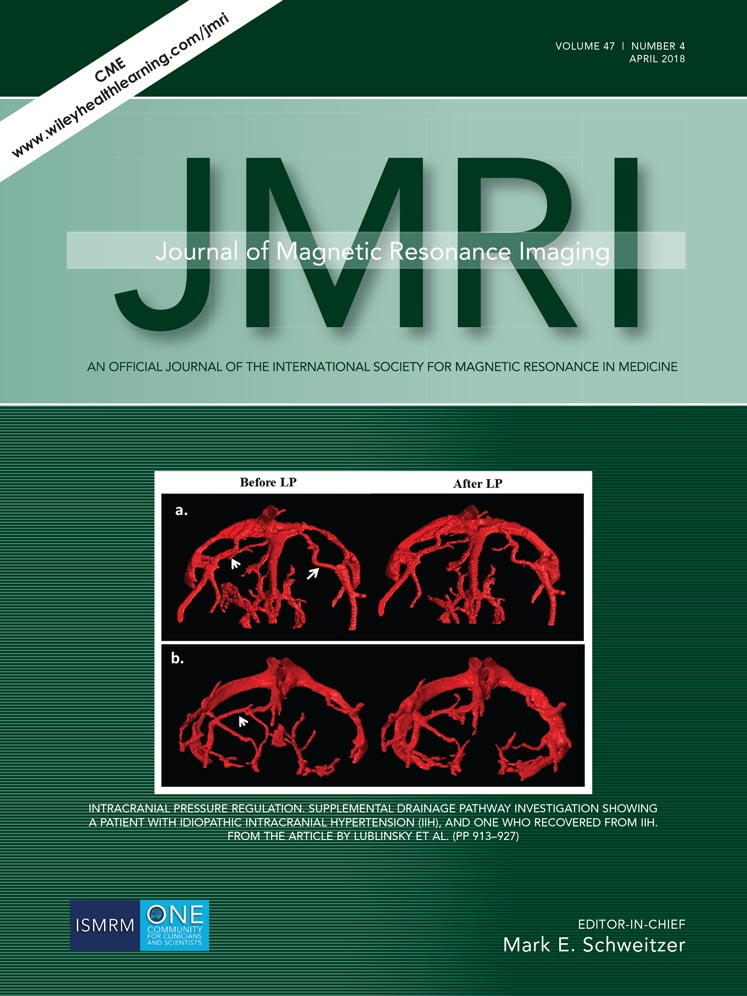Comparing accuracy and reproducibility of sequential and Hadamard-encoded multidelay pseudocontinuous arterial spin labeling for measuring cerebral blood flow and arterial transit time in healthy subjects: A simulation and in vivo study
Abstract
Purpose
To compare performance of sequential and Hadamard-encoded pseudocontinuous arterial spin labeling (PCASL).
Materials and Methods
Monte Carlo simulations and in vivo experiments were performed in 10 healthy subjects. Field strength and sequence: 5-delay sequential (5-del. Seq.), 7-delay Hadamard-encoded (7-del. Had.), and a single-delay (1-del.) PCASL, without and with vascular crushing at 3.0T. The errors and variations of cerebral blood flow (CBF) and arterial transit time (ATT) from simulations and the CBF and ATT estimates and variations in gray matter (GM) with different ATT ranges were compared. Pairwise t-tests with Bonferroni correction were used.
Results
The simulations and in vivo experiments showed that 1-del. PCASL underestimated GM CBF due to insufficient postlabeling delay (PLD) (37.2 ± 8.1 vs. 47.3 ± 8.5 and 47.3 ± 9.0 ml/100g/min, P ≤ 6.5 × 10−6), while 5-del. Seq. and 7-del. Had. yielded comparable GM CBF (P ≥ 0.49). 5-del. Seq. was more reproducible for CBF (P = 4.7 × 10−4), while 7-del. Had. was more reproducible for ATT (P = 0.033). 5-del. Seq. was more prone to intravascular artifacts and yielded lower GM ATTs compared to 7-del. Had. without crushing (1.13 ± 0.18 vs. 1.23 ± 0.13 seconds, P = 2.3 × 10−3), but they gave comparable ATTs with crushing (P = 0.12). ATTs measured with crushing were longer than those without crushing (P ≤ 6.7 × 10−4), but CBF was not affected (P ≥ 0.16).
Conclusion
The theoretical signal-to-noise ratio (SNR) gain through Hadamard encoding was confirmed experimentally. For 1-del., a PLD of 1.8 seconds is recommended for healthy subjects. With current parameters, 5-del. Seq. was more reproducible for CBF, and 7-del. Had. for ATT. Vascular crushing may help reduce variations in multidelay experiments without compromising tissue CBF or ATT measurements.
Level of Evidence: 1
Technical Efficacy: Stage 2
J. Magn. Reson. Imaging 2018;47:1119–1132.




